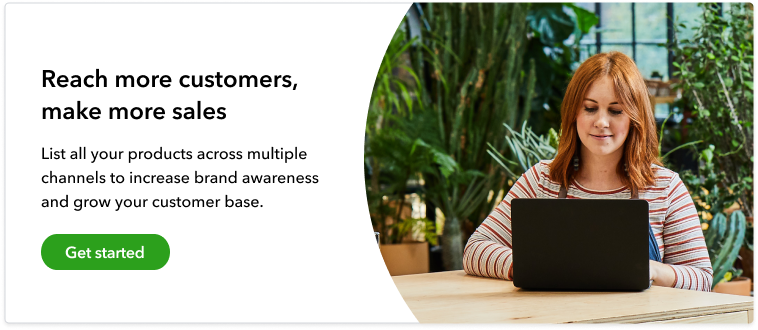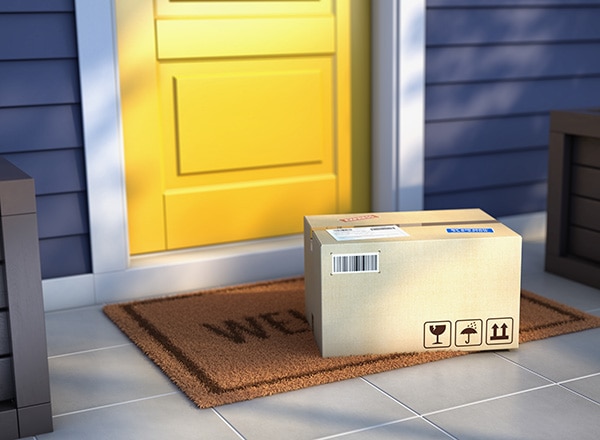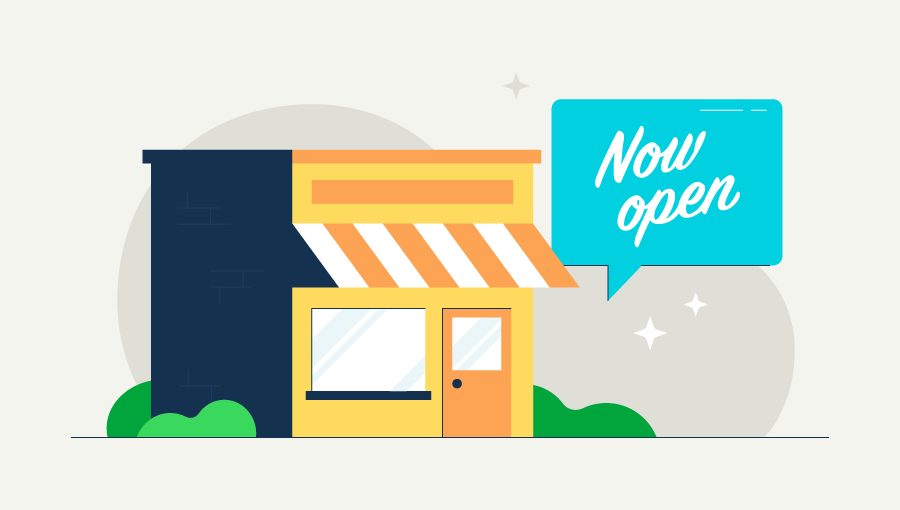If you’ve found your way to this blog, chances are you want to know how to become an Amazon seller using Fulfillment by Amazon (FBA). Selling your products on Amazon is a great way to turn a side hustle into a profitable venture and continue growing your business. With Amazon FBA, you can take fulfillment off your plate and increase your profit margins.
But how exactly do you start selling on the retail giant’s platform? Selling your products on a new platform can be intimidating, especially if you don’t know where to begin. We’re here to answer that very question with our Amazon FBA guide for beginners. In this post, we’ll go over everything you need to know about how to set up an account and sell products on Amazon FBA. Read from beginning to end for our step-by-step guide or use the links below to skip to the sections that interest you.
















